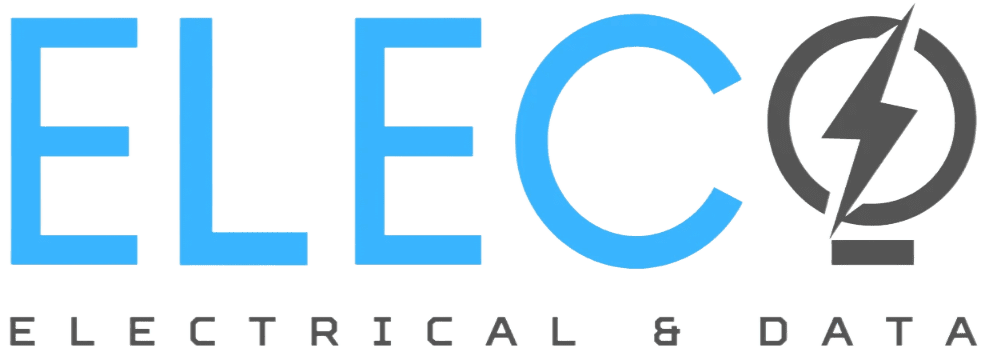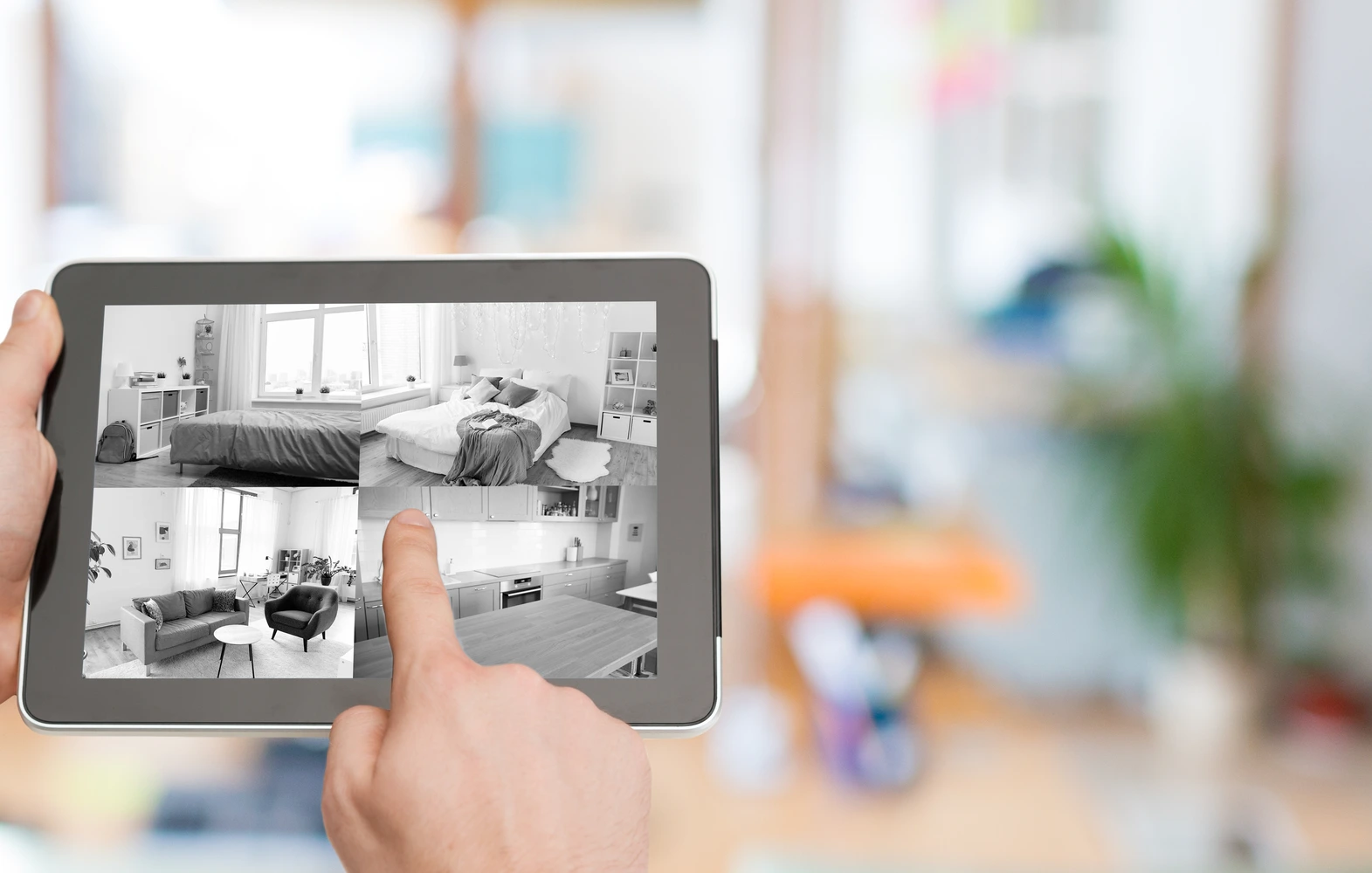In an era where convenience meets technology, CCTV integration has become one of the smartest ways to enhance home security in Melbourne. Gone are the days when CCTV systems simply recorded footage; today’s integrated setups connect seamlessly with your smart home devices, allowing you to monitor, control, and respond to security events in real time. Whether you’re at work, travelling, or relaxing at home, smart integration gives you peace of mind knowing your property is protected with just a tap on your phone.
Melbourne homeowners are increasingly embracing this approach as part of a broader move toward smart living. Integrating CCTV with automation systems not only increases safety but also brings efficiency and control to everyday life. From voice-activated camera views to motion-triggered lighting, smart security is redefining how we protect our homes and families.
If you’re planning a CCTV installation in Melbourne, integrating it with your smart home system is the best way to future-proof your property. It ensures stronger protection, easier monitoring, and a level of convenience that traditional security systems simply can’t match.
Benefits of CCTV Integration for Smart Home Systems
Connecting CCTV to other smart devices transforms security into an active, intelligent system. Instead of standalone cameras, you get a coordinated network: for example, a camera can trigger pathway lights when motion is detected at night, or arm your alarm if a camera sees a visitor. This integrated setup offers:
- Centralized Monitoring: View all cameras and security devices in one app or dashboard, rather than juggling separate systems.
- Convenience: You can check CCTV live feeds on your smartphone or tablet from anywhere in Melbourne, so you’re always in the loop.
- Automated Responses: Automatically turn on lights or sound an alarm if the CCTV spots something, deterring intruders instantly.
- Faster Action: Combine data (e.g., intercom door entry plus camera visuals) so you can make quicker decisions during a security event.
Smart home CCTV integration isn’t just a tech novelty; it directly improves safety. For instance, linking smart locks and cameras lets you see who’s at the door before unlocking it remotely. Ultimately, a smart security system in Melbourne means peace of mind: your cameras not only record, but communicate with lights, sensors, and alerts to keep your family safe.
Choosing the Right CCTV System for Your Home
When planning your CCTV installation in Melbourne, consider factors like coverage, video quality, and how it fits into your smart home. Key points:
- Camera Type: Decide between fixed dome cameras, pan-tilt-zoom (PTZ) cameras, or doorbell cams. All should be weatherproof (IP66 or higher) for outdoor use.
- Resolution: Look for high-definition cameras (1080p or better) to clearly identify people. Clear night vision is essential for round-the-clock monitoring.
- Storage: Choose between local storage (e.g., network video recorder) or cloud storage. Ensure there’s enough space and backups.
- Connectivity: Wireless CCTV cameras use Wi-Fi and offer easy placement, but check for stable signals. Wired (Ethernet or PoE) cameras provide more reliable streaming but need a cable setup.
Positioning is vital. Cover every entry point, front door, back door, and windows, and consider driveways and street view. Victoria Police recommends ensuring cameras only capture your property and not your neighbors. Make cameras visible (they deter crime) and securely mounted to prevent tampering. Also, hide and protect the recording device so it can’t be easily removed. Finally, make sure your system is secured by strong network passwords and updated firmware; after all, your CCTV is only as good as its cybersecurity.
Wired vs Wireless CCTV: Pros and Cons
Choosing between wired and wireless CCTV affects your installation and integration options. Below is a quick comparison:
| Feature | Wired CCTV | Wireless CCTV |
| Installation | Requires professional wiring (Ethernet/PoE) and careful placement. | Easier DIY set-up, cameras use Wi-Fi. |
| Reliability | Very stable video feed and power. | Depends on Wi-Fi strength; can be prone to signal dropouts. |
| Flexibility | Cameras are fixed; moving them later requires rewiring. | You can relocate cameras easily without rewiring. |
| Power Source | Usually powered via mains or PoE; no batteries to change. | Often battery-powered or plugged in, batteries need regular swaps. |
| Integration | Integrates with hubs via network or gateway; ideal for complex setups. | Connects directly over Wi-Fi to apps or smart hubs like Alexa. |
| Cost | Higher upfront cost (cabling, installation). | Generally cheaper hardware; may have hidden costs. |
| Maintenance | Cables are long-lasting; maintenance by pros if issues arise. | Need battery changes and strong Wi-Fi; easy to troubleshoot. |
Both types can work well in smart homes. Wired systems excel in reliability and long-term stability, which is ideal for large homes or business sites. Wireless systems offer flexibility and lower initial effort, making them appealing to renters or those with small homes. Whichever you choose, ensure a licensed CCTV installer does your security camera installation for the best performance and compliance.
Professional Installation and Licensing
In Melbourne (and all of Victoria), licensing matters. By law, anyone installing CCTV cameras or security systems must have a Private Security Business registration with the appropriate endorsement. This means choosing a reputable, licensed installer for your CCTV integration. Hiring an expert ensures:
- Technical Know-How: Installers can handle network setups, power needs, and system calibration. They’ll ensure optimal coverage and integration with your home network.
- Compliance: Licensed installers follow the latest regulations and standards (for example, Victoria Police notes that security equipment installers must hold a valid registration). This protects you legally and often comes with consumer guarantees.
- Security Expertise: A professional can advise on the right gear for your needs, help set up automation rules (e.g., camera-triggered lighting), and test the system thoroughly. In fact, Victoria Police explicitly recommends consulting security experts when installing CCTV.
Integrating Your CCTV with Smart Devices
Once your cameras are installed, the fun begins: connecting them to your smart home hub and devices. Most modern CCTV systems can link to platforms like Google Home, Amazon Alexa, or Apple HomeKit. To integrate:
- Choose Compatible Devices: Ensure your cameras and smart locks/alarms speak the same “language”. Many brands list compatibility (e.g., “Works with Alexa”).
- Use a Central Hub/App: Set up a home automation hub or use an all-in-one security app. This allows you to view cameras, arm alarms, and control lights from one place.
- Configure Automations: For example, program your system to turn on porch lights and send a smartphone alert if a camera detects motion after dark. Or lock your smart door when an alarm is triggered.
- Enable Mobile Access: Install the camera’s mobile app and connect it to your system. You’ll then receive real-time video feeds and alerts on your phone, no matter where you are.
Integration can also include voice control or linking to other sensors (like smoke alarms). The goal is a seamless experience: your CCTV system becomes part of a network that watches, alerts, and responds to events in sync. It’s the essence of a smart security system.
Cybersecurity and Future-Proofing
Remember, smart devices are only as safe as their security. The Australian Government is rolling out mandatory cybersecurity standards for all new smart devices from March 2026. These rules require things like unique passwords by default and clear update policies. When picking your CCTV and smart home gear, look for products that meet these upcoming standards.
Best practices include:
- Changing default admin passwords and using strong, unique passwords for your Wi-Fi and camera accounts.
- Enabling two-factor authentication on apps if available.
- Regularly updating camera firmware and app software.
- Choosing brands committed to timely security patches (check how long they promise updates).
In short, treat your smart CCTV like your smartphone or computer: keep it locked down and updated. This ensures your integrated system resists hacking and continues to protect your home as technology evolves.
Conclusion
Integrating CCTV with your smart home system is a powerful upgrade for Melbourne homes. It transforms passive cameras into an active security network, automating lights, alerts, and locks for faster responses. By choosing the right cameras, wiring options (wired or wireless), and partnering with licensed installers, you’ll build a robust setup that’s both convenient and compliant.
Whether you prefer a wired or wireless setup, professional installation ensures your system is reliable, compliant, and tailored to your home’s needs. Partnering with licensed CCTV installers gives you confidence that your system meets Australian standards and performs seamlessly with your smart home devices. With the right setup, you’ll enjoy greater convenience, enhanced privacy, and peace of mind every day.
At Eleco Electrical & Data, we specialise in expert CCTV installation, smart home automation, lighting, and electrical services across Melbourne. Protect your home and upgrade your lifestyle. Request a free quote today and let our licensed professionals design the perfect smart security system for you.
FAQs:
-
What does CCTV integration mean for my home?
CCTV integration refers to connecting your security cameras with your smart home devices. In practical terms, this could mean using an app to see live camera feeds, triggering lights or alarms from camera activity, or asking a voice assistant to show the camera view. Integrated systems allow your CCTV to work alongside alarms, locks, and sensors for a more proactive security setup.
-
Do I need a licensed installer for CCTV installation in Melbourne?
Yes. In Melbourne, CCTV and security system installation must be carried out by a licensed professional. Hiring a licensed installer ensures your system meets safety and legal standards, is optimally positioned for coverage, and integrates seamlessly with other smart home devices. Professional installation also guarantees reliable performance and compliance with Victorian regulations.
-
Can I use wireless cameras in a smart home system?
Absolutely. Wireless (Wi-Fi) cameras can be integrated into smart home systems much like wired ones. They offer easy setup and flexibility, as long as your home Wi-Fi signal is strong. Place the cameras where Wi-Fi coverage is good for reliable performance, or consider a mesh network or Wi-Fi extenders. Wireless cameras still need power (via plug or battery), and they connect to your smart hub or app over the network.


